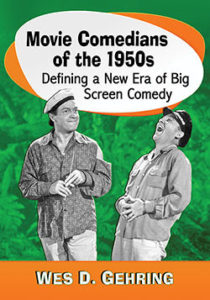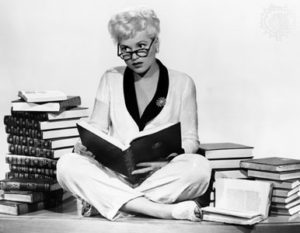Political correctness met its match with Rowan & Martin’s Laugh-In, NBC’s groundbreaking variety series that became a cultural touchstone and part of the fabric of ’60s-’70s America.Every Monday night at 8 p.m. from 1968-1973, straight man Dan Rowan and wisecracking co-host Dick Martin led a supremely talented comic ensemble through a gut-busting assault of one-liners, skits, bits and non sequiturs that left viewers in hysterics and disbelief.
Rowan & Martin’s Laugh-In: The Complete Fifth Series (Time Life) from features all 24 episodes. And what fun! After years of shameless name dropping, Dick finally gets his wish when bombshell Raquel Welch kicks off the new season with her first and only appearance on the show. Former Hogan’s Heroes POWs Richard Dawson and Larry Hovis escaped CBS to join the cast. And, along with alumni Judy Carne, Arte Johnson, Henry Gibson, Jo Anne Worley and Teresa Graves, they help to celebrate Laugh-In‘s landmark 100th episode (it aired on September 1, 1971).
Other guest stars: Steve Allen, Johnny Carson, Johnny Cash, Carol Channing, Charo, Petula Clark, Bing Crosby, Tony Curtis, Henry Gibson, Gene Hackman, Rita Hayworth, Hugh Hefner, Bob Hope, Arte Johnson, Paul Lynde, Liza Minnelli, Agnes Moorehead, Joe Namath, Carroll O’Connor, Vincent Price, Carl Reiner, Debbie Reynolds, Sugar Ray Robinson, Bill Russell, Vin Scully, Doc Severinsen, Jacqueline Susann, Tiny Tim, John Wayne and Henny Youngman.


